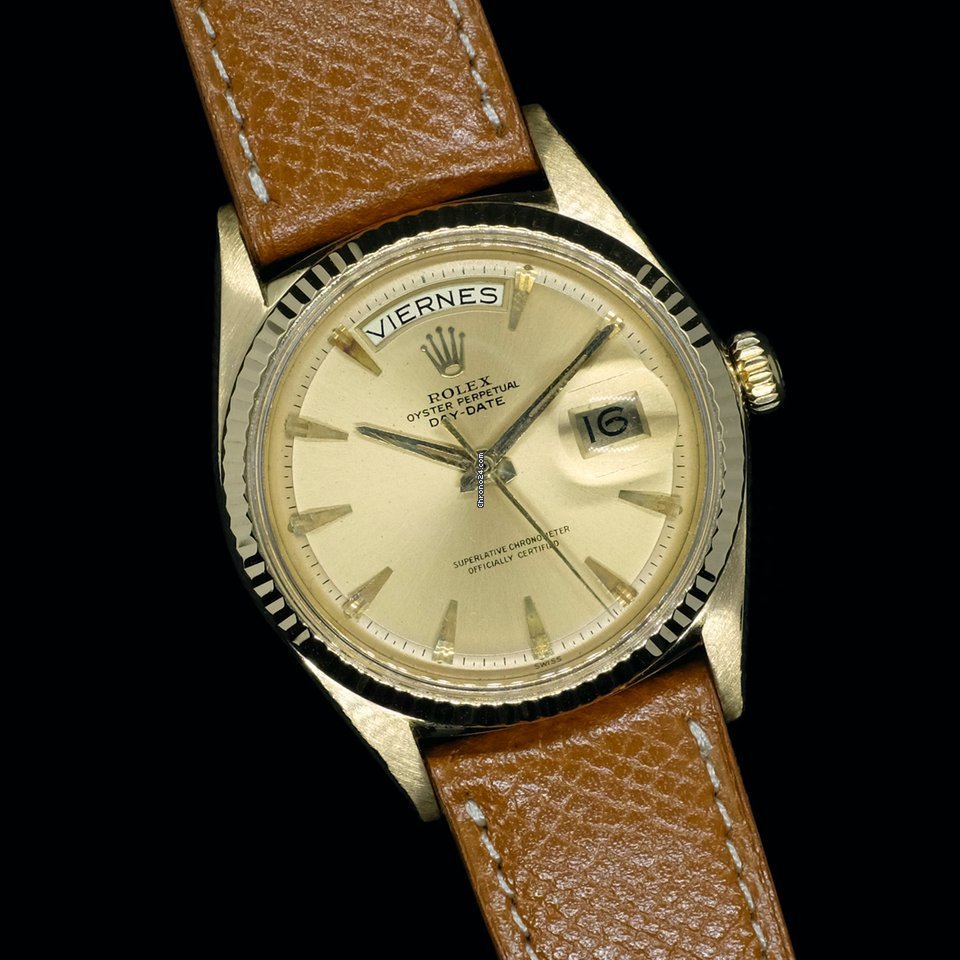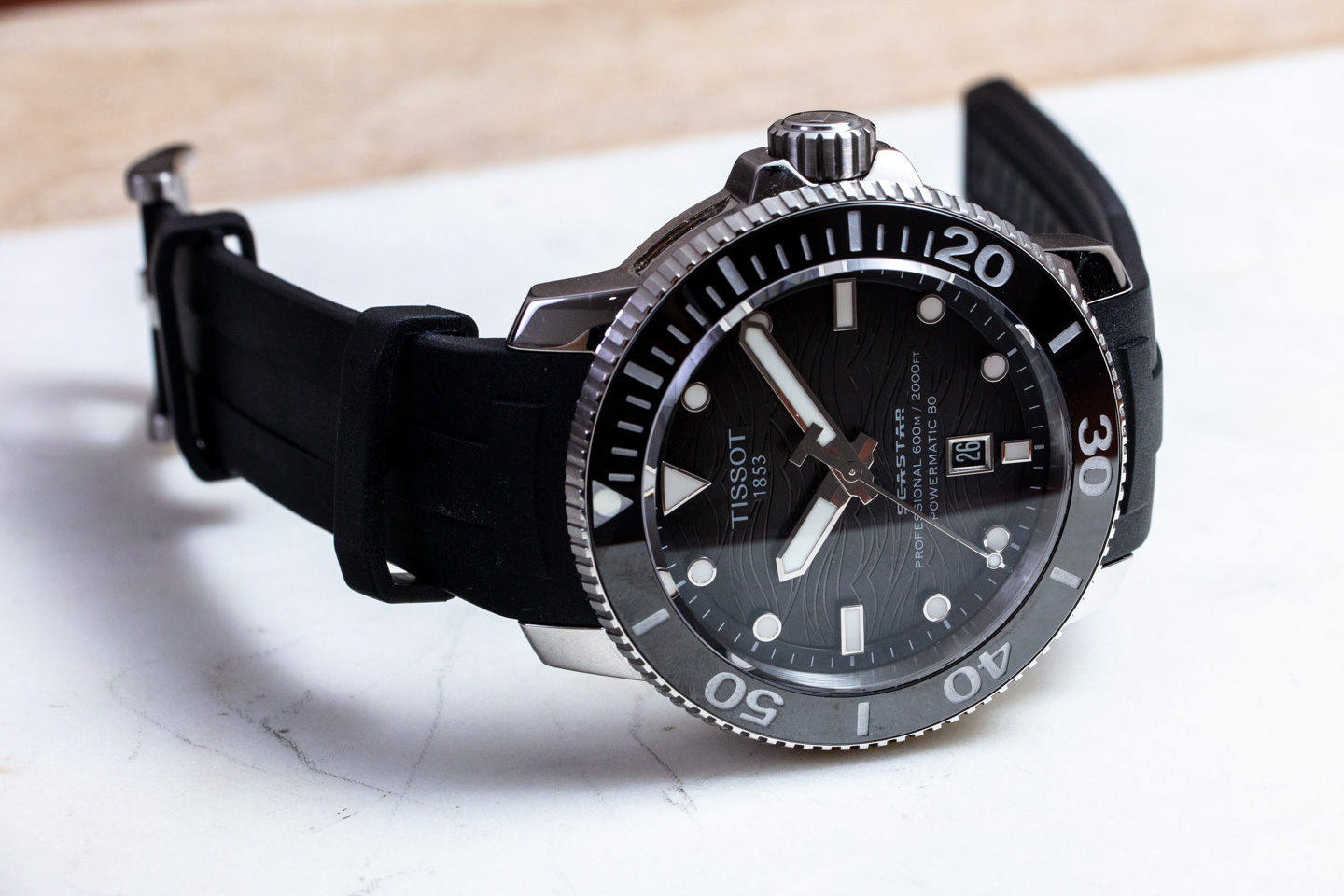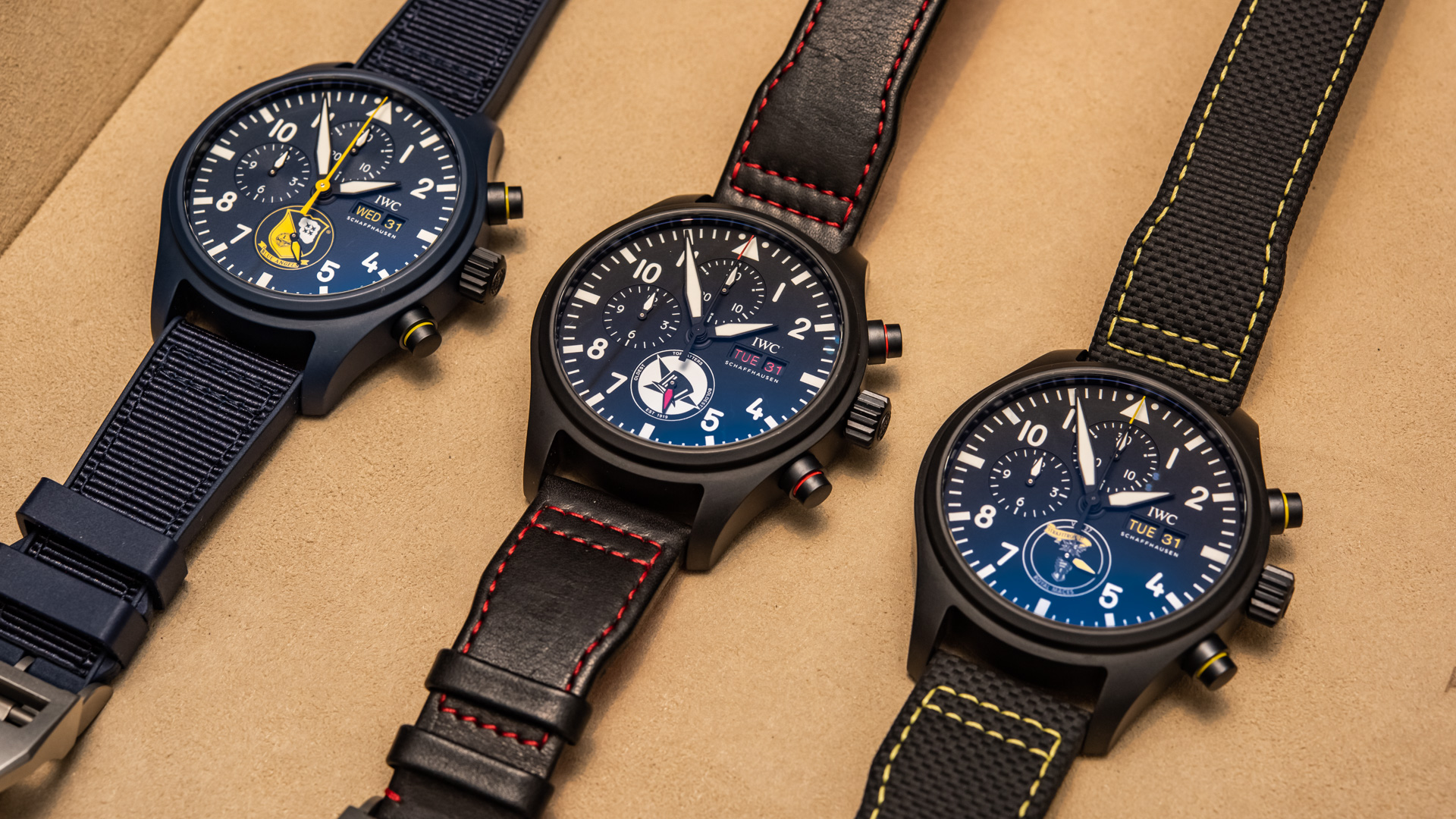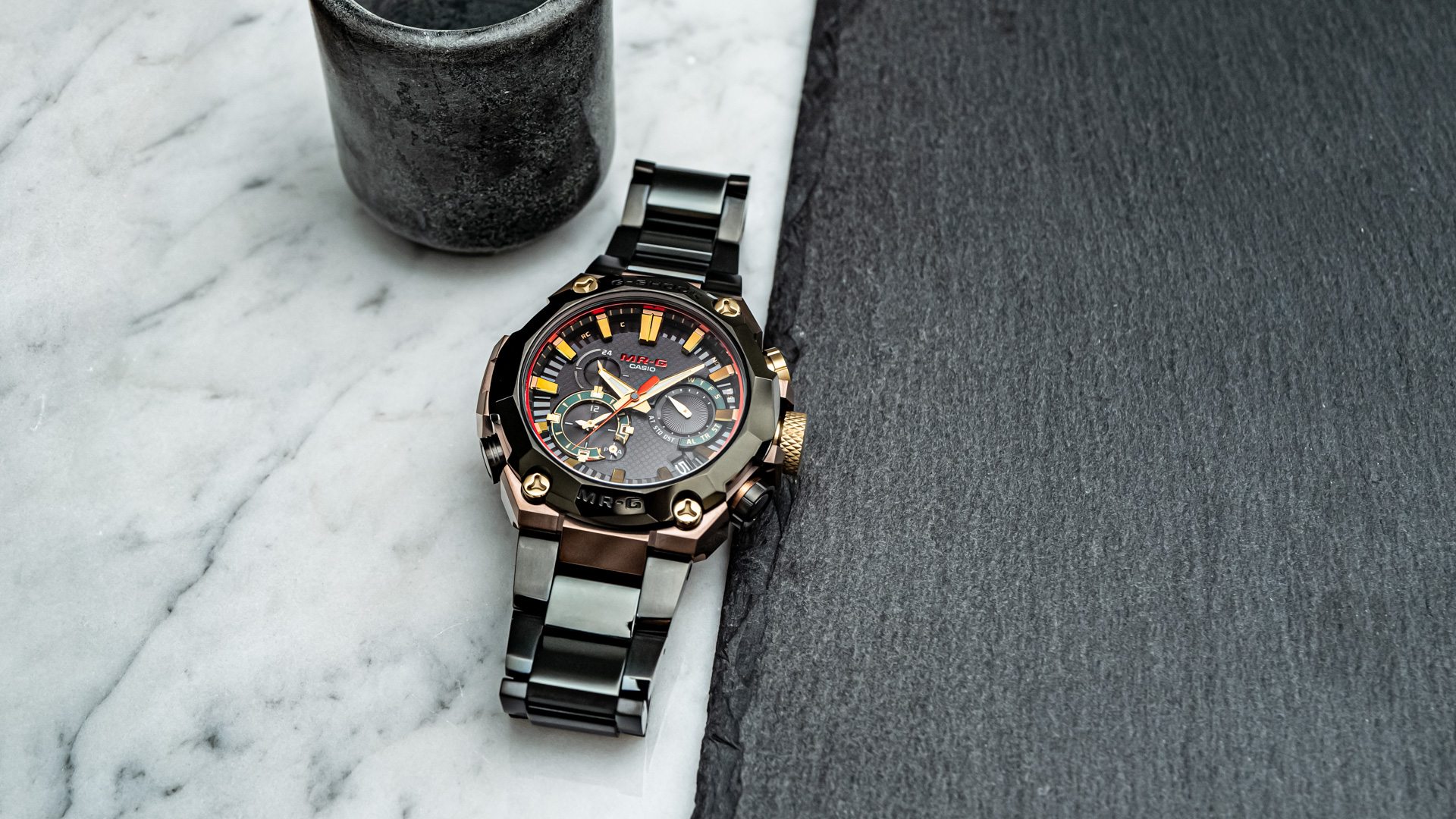In a world where time is an ever-looming presence, we often find ourselves glancing at our wrist or phone to gauge the hour. But how much do we truly know about the intricate mechanisms that govern our daily lives? Welcome to “Tick Tock: Test Your Knowledge and Common Sense About Watches,” a journey through the fascinating realm of horology. This article invites you to explore not only the history and technology of timekeeping devices but also the cultural significance and personal stories woven into every tick and tock. From the earliest sundials to the smartwatches of today, we’ll challenge your perceptions, test your knowledge, and perhaps even ignite a newfound appreciation for the artistry of time. So, wind up your curiosity and get ready to dive into the captivating world of watches!
Unraveling the Intricacies of Timekeeping Technology
In the realm of horology, the evolution of timekeeping extends far beyond mere mechanics. Modern advancements have woven sophisticated layers into the fabric of how we perceive time, transitioning from the traditional escapements to ground-breaking technologies. Today’s watches can be classified into various categories, reflecting their intricate functionalities:
- Mechanical Watches: These rely on intricate gears and springs, favored by traditionalists for their craftsmanship.
- Quartz Watches: These pivot on precision, utilizing crystal oscillations that ensure accurate timekeeping.
- Smartwatches: Combining technology and connectivity, these devices offer health tracking, notifications, and much more beyond just telling time.
Not only do these classifications represent a technical dichotomy, but they also introduce a social element that defines our relationship with timepieces. An interesting exploration into the world of timekeeping reveals that the materials used in these watches can significantly enhance or inhibit their function:
| Material | Advantages | Disadvantages |
|---|---|---|
| Stainless Steel | Durable, resistant to corrosion | Can be heavy, may scratch easily |
| Gold | Luxurious feel, hypoallergenic | Soft, prone to scratches |
| Plastic | Lightweight, cost-effective | Less durable, often less aesthetic appeal |
This interplay between technology, cultural significance, and material choice profoundly affects how we appreciate the humble watch, transforming it into not just a tool but a statement piece that signifies individual values and lifestyle choices.
Exploring the Evolution of Watches Through the Ages
Watches have transformed from basic timekeeping devices into intricate masterpieces of engineering and design. The journey began in the 16th century with the invention of the mechanical watch, characterized by its **gear-driven** movements. These early watches, often worn as pendants or carried in pockets, laid the groundwork for subsequent innovations. As technology progressed, the 19th century witnessed the rise of mass production techniques, making watches more accessible to the general public. **Quartz movements** emerged in the late 20th century, revolutionizing accuracy and affordability, leading to the quartz crisis that challenged traditional watchmakers.
The 21st century brought a resurgence of interest in traditional craftsmanship alongside advancements in smart technology. Today, watches serve multiple purposes beyond just telling time; they integrate features such as **fitness tracking**, **heart rate monitoring**, and connectivity with smartphones. Collectors and enthusiasts now navigate a diverse landscape of watch types, from **luxury automatics** to **smartwatches**, each telling a unique story of its era. Below is a simple table highlighting the key advancements in watch technology:
| Era | Key Development | Notable Features |
|---|---|---|
| 16th Century | Mechanical Watches | Gear-driven movements, intricate designs |
| 19th Century | Mass Production | Increased accessibility, standardization |
| 20th Century | Quartz Technology | High precision, affordability |
| 21st Century | Smart Technology | Health tracking, smartphone integration |
Practical Tips for Choosing the Perfect Timepiece
Choosing the ideal timepiece goes beyond mere aesthetics; it requires a keen understanding of your personal preferences and lifestyle. To ensure your choice complements your daily activities, consider these essential factors: functionality, comfort, and amending style. Identify whether you need a watch for formal occasions, sports activities, or everyday wear. Additionally, assess your wrist size; a well-fitted watch enhances both comfort and style. When it comes to materials, think about the environment where you’ll wear your watch regularly. For example, a stainless-steel watch is durable and resistant to scratches, while leather offers a classic touch but may need more care.
Moreover, hone in on the specific features that are crucial for your needs. If you’re into outdoor adventures, a watch with a built-in compass and water resistance might be ideal. Conversely, if you prefer a minimalist design, focus on options with clear and simple dials. Here’s a quick reference table to help you weigh the defining attributes of different types of watches:
| Type of Watch | Key Features | Best For |
|---|---|---|
| Analog | Classic design, no battery needed | Formal occasions |
| Digital | Backlit display, multi-function features | Outdoor activities |
| Dive Watch | Water-resistant, rotating bezel | Water sports and diving |
| Smartwatch | Connectivity, fitness tracking | Everyday use and tech enthusiasts |
In the world of timepieces, it’s not just a matter of slapping on the latest model; it’s about harmonizing it with your life. Thus, prioritize brands with a reputation for quality craftsmanship, but also ensure they align with your values—sustainability, or perhaps a dedication to traditional manufacturing techniques. Keep an eye on the warranty and customer service reviews; investing in a watch is an investment in long-term satisfaction. Selecting a watch that reflects your style yet remains practical will not only enhance your outfit but also serve your day-to-day needs effectively.
To Wrap It Up
As we conclude our exploration of “Tick Tock: Test Your Knowledge and Common Sense About Watches,” we hope you’ve not only engaged your mind but also discovered a newfound appreciation for the intricate world of timekeeping. Whether you’ve aced the quizzes, pondered the historical significance of each tick, or simply enjoyed the rhythmic dance of knowledge and common sense, there’s always more to learn about this timeless craft.
Watches do more than just tell time; they encapsulate history, craftsmanship, and innovation in every gear and spring. So, the next time you glance at your wrist or hear the gentle ticking of a clock, take a moment to reflect on the stories and expertise behind those mesmerizing instruments. Remember, time is not just a measure of minutes and hours, but a canvas painted with creativity, patience, and precision.
Thank you for joining us on this journey through time. Keep exploring, keep questioning, and who knows? The next tick could lead you to your next great discovery!





















Comments